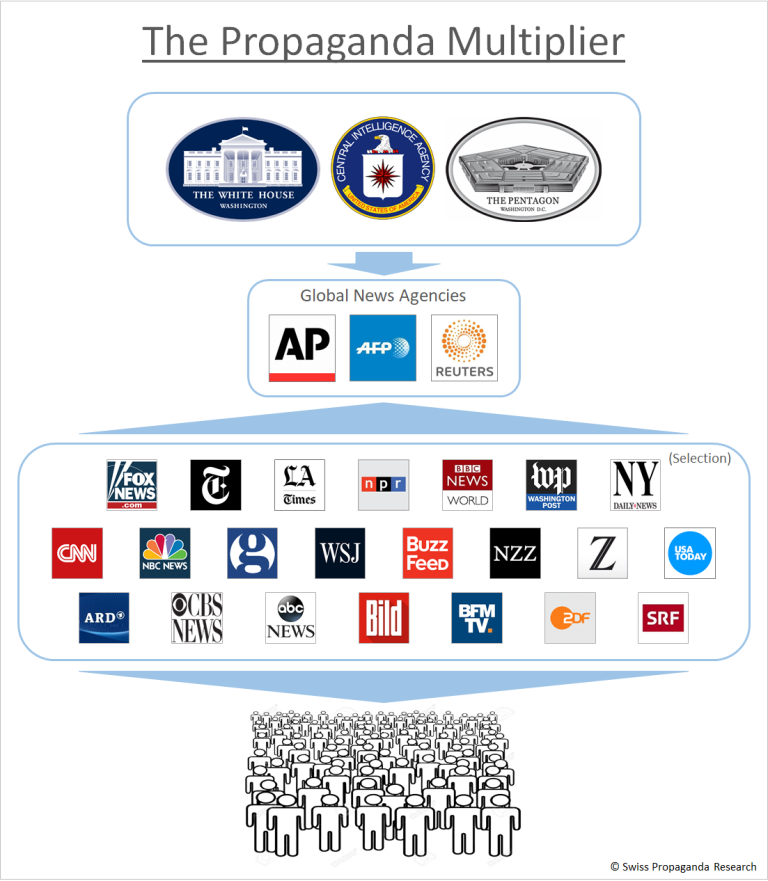It looks like you're using an Ad Blocker.
Please white-list or disable AboveTopSecret.com in your ad-blocking tool.
Thank you.
Some features of ATS will be disabled while you continue to use an ad-blocker.
10
share:
The U.S. military carried out air strikes in Iraq and Syria against the Kataib Hezbollah militia group in response to the killing of a U.S. civilian contractor in a rocket attack on an Iraqi military base, U.S. officials said on Sunday.
Iraqi security and militia sources said at least 18 militia fighters were killed and more than 50 wounded following three U.S. air strikes in Iraq on Sunday.
At least four local Kataib Hezbollah commanders were among the dead, the sources said, adding that one of the strikes had targeted the militia group’s headquarters near the western Qaim district on the border with Syria.
The Pentagon said it had targeted three locations of the Iranian-backed Shi’ite Muslim militia group in Iraq and two in Syria. The locations included weapons storage facilities and command and control locations the group had used to plan and execute attacks on coalition forces, it said.
www.oann.com...
www.fox47news.com...
www.cnn.com...
It's interesting to observe this story from an international perspective. Iran doesn't seem to have a comment yet, at the time of this writing...Looked around at Iran's various news outlets, and saw nothing- while the story is all over western media, including all the top Fake News. But you can be sure they will. Iran is just conversing how to spin it, no doubt. Every single news source has made sure to include the word Iran or Iran-backed in the title.
Hmmm. But read the story and what it's about. Spin meister fest 2019, doing the usual propaganda trip on us, to turn this into a US-Iran affair, once again. Even though Iran is involved only by dubious proxy. The story is about a military retaliation for the previous attacks.
Deny Agenda.
Listen to this Fake News report, and how the second dude spins this, turns it totally into a US-Iran issue. They try to drive it home.
And now look at the difference at this presentation:
So what report is more agenda free?
So what report is more agenda free?
a reply to: TrueAmerican
That's all these sick psychopaths know how to do. Spin the spoon-fed propaganda till it triggers a so-called 'justification' for war resulting in profit $$$. Damn the globalist bankers. The US military is their military arm.
The irony of finding this 👇 on a Swiss Propaganda Research site. Great case study article.

The Propaganda Multiplier

That's all these sick psychopaths know how to do. Spin the spoon-fed propaganda till it triggers a so-called 'justification' for war resulting in profit $$$. Damn the globalist bankers. The US military is their military arm.
The irony of finding this 👇 on a Swiss Propaganda Research site. Great case study article.
It is one of the most important aspects of our media system, and yet hardly known to the public: most of the international news coverage in Western media is provided by only three global news agencies based in New York, London and Paris.

The Propaganda Multiplier
Ulrich Tilgner, a veteran Middle East correspondent for German and Swiss television, warned in 2003, shortly after the Iraq war, of acts of deception by the military and the role played by the media:
“With the help of the media, the military determine the public perception and use it for their plans. They manage to stir expectations and spread deceptive scenarios. In this new kind of war, the PR strategists of the US administration fulfill a similar function as the bomber pilots. The special departments for public relations in the Pentagon and in the secret services have become combatants in the information war.
For their deception maneuvers, the US military specifically uses the lack of transparency in media coverage. The way they spread information, which is then picked up and distributed by newspapers and broadcasters, makes it impossible for readers, listeners or viewers to trace the original source. Thus, the audience will fail to recognize the actual intention of the military.”

yep, I'm in finance...
London is the bank.....Washington is the military and Rome is the church
London is the bank.....Washington is the military and Rome is the church
As of now - heads up big time.
All I'll say for now is -
WHERE IS ESPER AND POMPEO?????????????? (MAR-A-LAGO)
All I'll say for now is -
WHERE IS ESPER AND POMPEO?????????????? (MAR-A-LAGO)
new topics
-
Paramilitary Leaks - John Williams
Whistle Blowers and Leaked Documents: 51 minutes ago -
Some sausage, some chicken, some sauce, some onions and some garlic...and some peppers!
Food and Cooking: 2 hours ago -
Hearing more ambulances lately
Medical Issues & Conspiracies: 2 hours ago -
Los Angeles brush fires latest: 2 blazes threaten structures, prompt evacuations
Mainstream News: 2 hours ago -
House Passes Laken Riley Act
Mainstream News: 3 hours ago -
The more I think about it
General Chit Chat: 3 hours ago -
What Comes After January 20th
Mainstream News: 5 hours ago -
Canada as a state .. how would it work?
General Chit Chat: 6 hours ago -
Those stupid GRAVITE commercials
Rant: 6 hours ago -
Let's Buy Greenland
General Chit Chat: 7 hours ago
top topics
-
House Passes Laken Riley Act
Mainstream News: 3 hours ago, 19 flags -
What Comes After January 20th
Mainstream News: 5 hours ago, 17 flags -
Claim: General Mark Milley Approved Heat and Sound Directed Energy Weapons During 2020 Riots
Whistle Blowers and Leaked Documents: 12 hours ago, 12 flags -
Planned Civil War In Britain May Be Triggered Soon
Social Issues and Civil Unrest: 10 hours ago, 6 flags -
Let's Buy Greenland
General Chit Chat: 7 hours ago, 5 flags -
Those stupid GRAVITE commercials
Rant: 6 hours ago, 5 flags -
Hearing more ambulances lately
Medical Issues & Conspiracies: 2 hours ago, 4 flags -
Some sausage, some chicken, some sauce, some onions and some garlic...and some peppers!
Food and Cooking: 2 hours ago, 3 flags -
Los Angeles brush fires latest: 2 blazes threaten structures, prompt evacuations
Mainstream News: 2 hours ago, 3 flags -
The more I think about it
General Chit Chat: 3 hours ago, 3 flags
active topics
-
Judge rules president-elect Donald Trump must be sentenced in 'hush money' trial
US Political Madness • 46 • : WeMustCare -
Paramilitary Leaks - John Williams
Whistle Blowers and Leaked Documents • 2 • : Lumenari -
What Comes After January 20th
Mainstream News • 21 • : nugget1 -
House Passes Laken Riley Act
Mainstream News • 11 • : Tolkien -
-@TH3WH17ERABB17- -Q- ---TIME TO SHOW THE WORLD--- -Part- --44--
Dissecting Disinformation • 3962 • : fringeofthefringe -
Los Angeles brush fires latest: 2 blazes threaten structures, prompt evacuations
Mainstream News • 8 • : Vermilion -
GOD may be ANGRY at CALIFORNIA for Becoming an ABORTION Mecca.
Conspiracies in Religions • 200 • : WeMustCare -
The more I think about it
General Chit Chat • 5 • : JadedGhost -
ILLUMINATION: Dimensions / Degrees – Da Vincis Last Supper And The Philosophers Stone
Secret Societies • 18 • : Compendium -
Democrats Introduce Bill That Will Take Away Donald Trumps Secret Service Protection
2024 Elections • 79 • : WeMustCare
10
